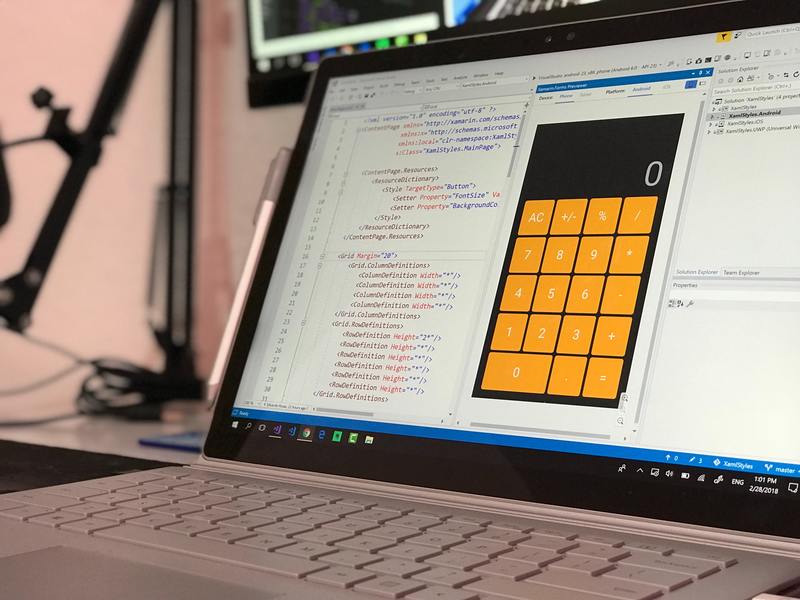1. Introduction
HEIC (High Efficiency Image Format) is a file format used for storing images in a highly compressed form. It was developed by the Moving Picture Experts Group (MPEG) and is based on the HEVC (High Efficiency Video Coding) compression algorithm. HEIC offers better image quality and smaller file sizes compared to traditional image formats like JPEG.
2. Why was HEIC developed?
2.1 Image quality and compression
The main objective behind the development of HEIC was to provide a more efficient and superior image quality while maintaining a smaller file size. HEIC uses advanced compression techniques to reduce file size without sacrificing image quality. This makes it ideal for storing high-resolution images on devices with limited storage capacity.

2.2 Support for additional features
HEIC also supports features like transparency and 16-bit color depth, which were not possible or limited in traditional image formats like JPEG. This allows for more flexibility in image editing and manipulation.
3. Compatibility
3.1 Apple devices
HEIC was first introduced by Apple with the release of iOS 11. It is the default image format used by Apple devices, including iPhones and iPads running on iOS 11 or later. Apple's adoption of HEIC has significantly contributed to its popularity and widespread usage.
3.2 Android devices
Android devices started supporting HEIC with the release of Android 9 Pie. However, not all Android devices support HEIC natively. Some manufacturers have chosen to continue using traditional image formats like JPEG due to compatibility concerns.
3.3 Desktop support
Desktop support for HEIC varies depending on the operating system and software being used. Windows 10 and macOS High Sierra or later have built-in support for HEIC. However, for older versions of Windows or macOS, additional software or plugins may be required to open and view HEIC files.
4. Benefits of using HEIC
4.1 Better image quality
HEIC offers better image quality compared to traditional formats like JPEG, especially for high-resolution images. The advanced compression algorithm used in HEIC retains more details and reduces artifacts such as image noise and blurriness.
4.2 Smaller file sizes
One of the major advantages of HEIC is its ability to dramatically reduce file sizes while maintaining high image quality. This is especially beneficial for devices with limited storage capacity, as it allows users to store more photos without consuming excessive storage space.
4.3 Additional features
HEIC supports additional features like transparency and 16-bit color depth, which opens up new possibilities for image editing and manipulation. These features were not widely available in traditional formats like JPEG.
5. Drawbacks and concerns
5.1 Compatibility issues
While HEIC is gaining traction, compatibility remains a concern. Not all devices and software applications support HEIC natively. This can create difficulties when sharing HEIC files with others or switching between different devices and platforms.
5.2 Conversion limitations
Converting HEIC files to other formats like JPEG may result in a loss of image quality. Although there are tools available for batch conversion, it can be time-consuming and may not always produce the desired results.
6. Conclusion
HEIC is a highly efficient image format that offers superior image quality and smaller file sizes compared to traditional formats like JPEG. Its adoption by Apple and support from other platforms have contributed to its growing popularity. However, compatibility issues and limited software support remain challenges that need to be addressed for wider adoption of HEIC in the future.






